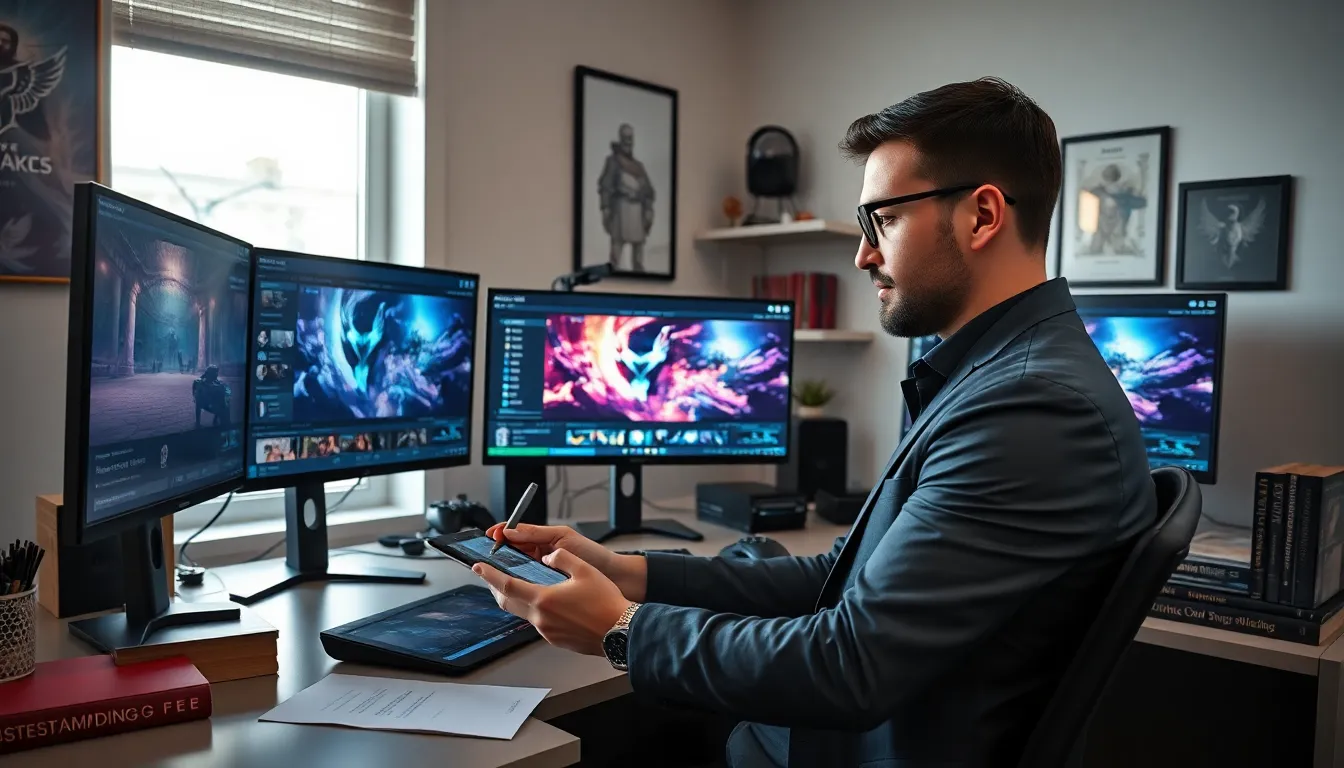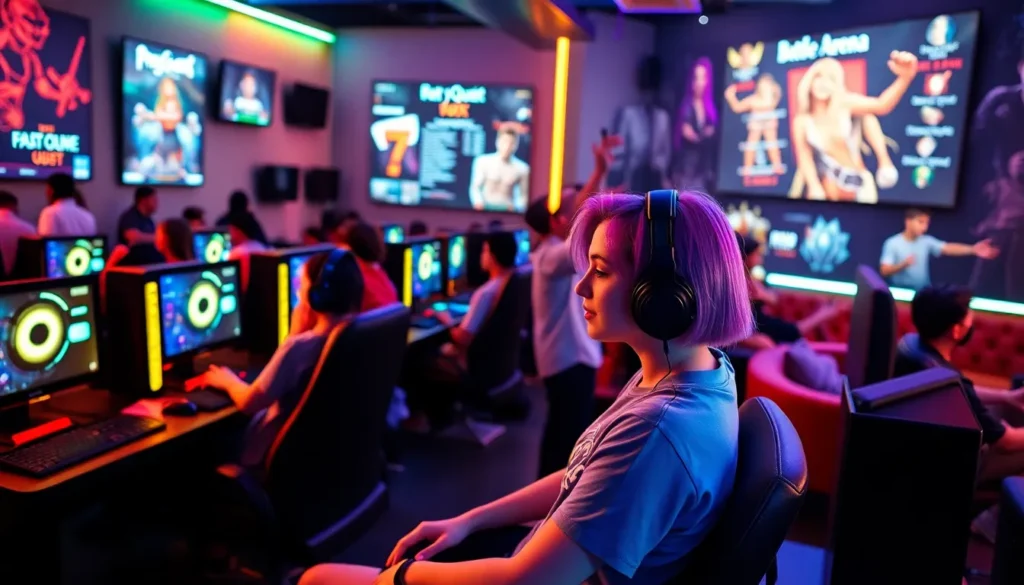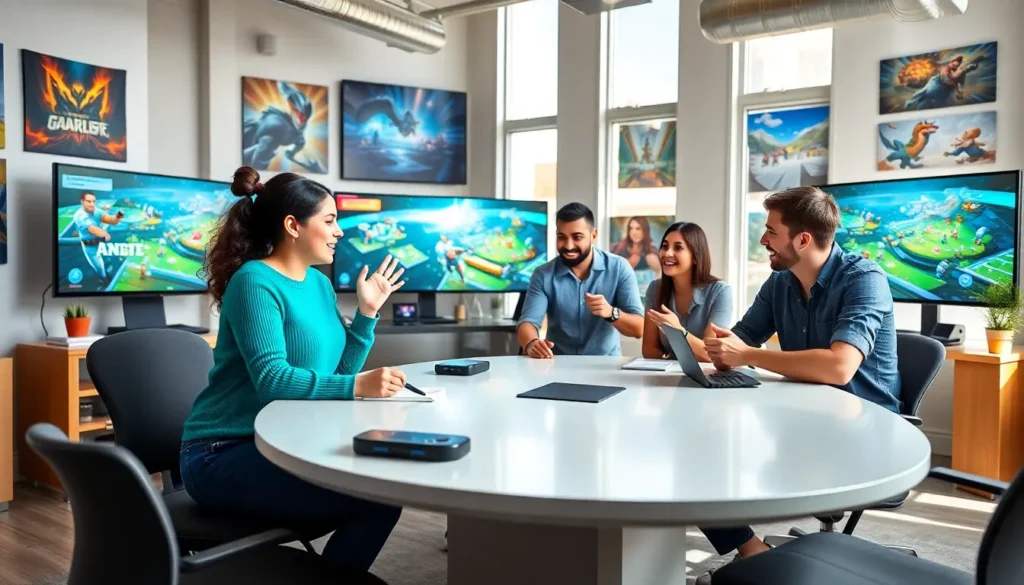Table of Contents
ToggleEver wondered what goes on in the mind of a gaming editor? Meet Dolofis Jelpan, a name that might just sound like a character from a fantasy RPG, but he’s very much real and here to guide us through the labyrinth of gaming journalism. With a sharp wit and a way with words, his insights could level up any gaming enthusiast’s understanding of the industry. Buckle up, because we’re about to jump into the world of editing games and the vibrant community surrounding it.
Understanding Dolofis Jelpan

Dolofis Jelpan is not your average editor. With a passion that rivals the most intense gaming experiences, he brings a unique perspective to the table. His journey began in the pixelated halls of classic video games, and over the years, he has transformed into a distinguished voice in the industry. He believes that every game tells a story, and as an editor, his role is to narrate it compellingly. Mastering the art of storytelling, Dolofis blends technical skill with creative flair, ensuring that each piece he edits resonates with its audience. His mission? To elevate gaming content beyond mere reviews and provide insights that enrich the gamer’s experience.
The Role of an Editor in Gaming
Editing in the gaming world involves much more than just correcting grammar. Editors like Dolofis play a crucial role in shaping the narrative of game journalism. They sift through mountains of copy, identifying what works and what doesn’t, polishing the prose until it shines. Beyond technical accuracy, they serve as gatekeepers of quality, ensuring that industry news is not only informative but also engaging. This job requires a balance of knowledge about gaming mechanics, story arcs, and the ever-evolving trends in the industry. Editors also collaborate closely with writers, providing constructive feedback to help them refine their voice and sharpen their arguments.
Key Insights from Dolofis Jelpan’s Work
The Evolution of Gaming Journalism
Dolofis has witnessed firsthand how gaming journalism has shifted over the decades. From humble beginnings in print media to the digital streaming era, he has seen it all. The rise of influencer culture brought a new wave of content creation, and editors had to adapt quickly. These days, video content often reigns supreme. He notes that keeping up with technology is integral for editors, a stagnant skill set can spell disaster in this fast-paced arena. Recent developments, like virtual reality gaming and AI in game design, have also changed the landscape of how stories are told.
Dolofis believes that the focus should now be on transparency and authenticity in game journalism. Readers crave real experiences and honest opinions rather than bland, cookie-cutter reviews. This perspective has fueled his editing process, emphasizing narrative depth that captivates and informs alike.
Emerging Trends in Game Editing
Engaging the Gaming Community
The importance of community engagement is blossoming in the gaming industry, and Dolofis harnesses this in his editorial work. Game editors now find themselves curating discussions, reflecting community sentiments, and adapting content based on audience feedback. He emphasizes that an editor today is as much a moderator as they are an editor. By fostering discussions around games, they connect players and developers in meaningful ways.
Emerging trends, such as the rise of indie games, further highlight the need for diverse voices in gaming journalism. Editors are now tasked with championing underrepresented narratives, advocating for indie developers, and helping those stories reach audiences that traditional outlets may overlook. Dolofis champions this movement, believing diversity enriches the gaming experience for everyone.




